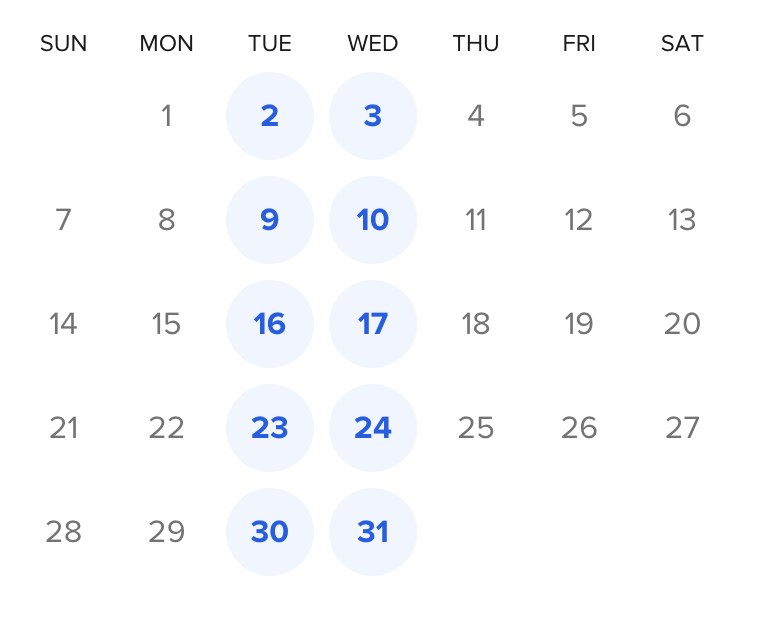High blood pressure, typically known as hypertension, is a widespread health and wellness condition that influences countless individuals worldwide. It is a persistent medical problem defined by elevated blood pressure degrees, which can bring about severe complications if left unattended. The early discovery and exact medical diagnosis of hypertension are important in handling as well as stopping its possible problems. In this article, we will certainly delve into the diagnostic process of hypertension, exploring the different tools as well as strategies used by medical care specialists.
Initial Assessment: High Blood Pressure Dimension
The primary step in detecting high blood pressure is via a routine high blood pressure dimension. Both in scientific settings and in the house, high blood pressure can be gauged using a sphygmomanometer, a tool that consists of an inflatable amulet money cuff as well as a pressure gauge. The high blood pressure analysis is shared in millimeters of mercury (mmHg) as well as is usually taped as two numbers: systolic pressure over diastolic pressure, such as 120/80 mmHg. Systolic stress represents the force put in on the arterial wall surfaces when the heart contracts, while diastolic stress shows the pressure in the arteries when the heart goes to remainder.
It is important to keep in mind that a solitary hypertension analysis does not always validate the medical diagnosis of hypertension. Rather, healthcare specialists rely upon duplicated measurements, tackled different occasions, to establish a diagnosis. This is because high blood pressure can vary throughout the day as well as can be affected by different variables such as stress and anxiety, physical effort, and also drug use.

Feeling STUCK with JIRA / Agile ?
Schedule 1-on-1 Session with Anatoly and His Team and Get Instant HELP!!!!
According to the American Heart Organization (AHA), a medical diagnosis of high blood pressure is commonly made when an individual’s high blood pressure consistently reviews 130/80 mmHg or greater throughout numerous sees to the doctor.
Confirmatory Tests: Ambulatory High Blood Pressure Monitoring as well as House High Blood Pressure Monitoring
In some cases, health care experts might recommend added blood pressure monitoring approaches to validate the medical diagnosis of hypertension.2 commonly used methods are ambulatory high blood pressure monitoring (ABPM) as well as house blood pressure tracking (HBPM).
ABPM includes putting on a mobile high blood pressure monitor that immediately measures high blood pressure at routine intervals throughout the day and night. This technique provides a more comprehensive understanding of an individual’s high blood pressure patterns, helping to eliminate “white layer high blood pressure” (raised high blood pressure in a medical setup because of anxiety or stress). ABPM can likewise spot “masked hypertension” (regular blood pressure in a scientific setup regardless of raised high blood pressure outside the center).
HBPM, on the other hand, involves utilizing a high blood pressure monitor in your home to gauge high blood pressure at different times of the day over several weeks. This technique allows people to monitor their high blood pressure in their very own environment, offering valuable info about their ordinary blood pressure levels and any possible changes. HBPM can be especially beneficial for people with suspected white coat high blood pressure or those calling for close surveillance of their blood pressure due to existing medical conditions.
Both ABPM as well as HBPM can help healthcare experts make an even more exact diagnosis of high blood pressure and also dressmaker therapy plans appropriately.
Additional Hypertension: Identifying Underlying Causes
While the majority of situations of hypertension are classified as main or important hypertension (without any identifiable reason), about 5% to 10% of people with high blood pressure have second high blood pressure, which is brought on by an underlying clinical problem or drug.
In instances where second high blood pressure is thought, medical care professionals might advise added tests to determine the underlying reason. These examinations might consist of:
- Blood examinations to review kidney function, hormonal agent levels, and blood glucose
- Pee tests to check for irregularities
- Cholesterol and lipid account tests to examine cardiovascular wellness
- Electrocardiogram (ECG) to determine the electrical activity of the heart
- Echocardiogram to review the framework and function of the heart
- Imaging tests such as ultrasound, computed tomography (CT), or magnetic vibration imaging (MRI) to take a look at the kidneys, adrenal glands, or capillary
These examinations help healthcare experts identify prospective underlying causes of secondary hypertension, such as kidney illness, hormone disorders, or particular medicines. By addressing the underlying cause, healthcare providers can create targeted treatment plans to manage both the hypertension as well as the associated condition.
Surveillance and Follow-up
As soon as a medical diagnosis of hypertension is validated, health care specialists create individualized treatment plans to handle high blood pressure degrees as well as reduce the danger of difficulties. Therapy may consist of lifestyle alterations, such as dietary changes, routine exercise, weight management, and also stress decrease techniques. Medications may likewise be prescribed when necessary. Normal surveillance as well as follow-up check outs are essential to assess the effectiveness of therapy as well as make any needed changes.
Conclusion
Diagnosing hypertension includes a systematic procedure that starts with high blood pressure dimensions and may incorporate extra diagnostic approaches like ABPM as well as HBPM. Identifying the underlying reason for additional hypertension is essential in taking care of the problem effectively. Regular tracking and also follow-up brows priapus precio through permit healthcare specialists to evaluate therapy plans as well as ensure that blood pressure is well-controlled. By identifying and handling high blood pressure quickly, people can lower the risk of associated difficulties and also lead healthier lives.
